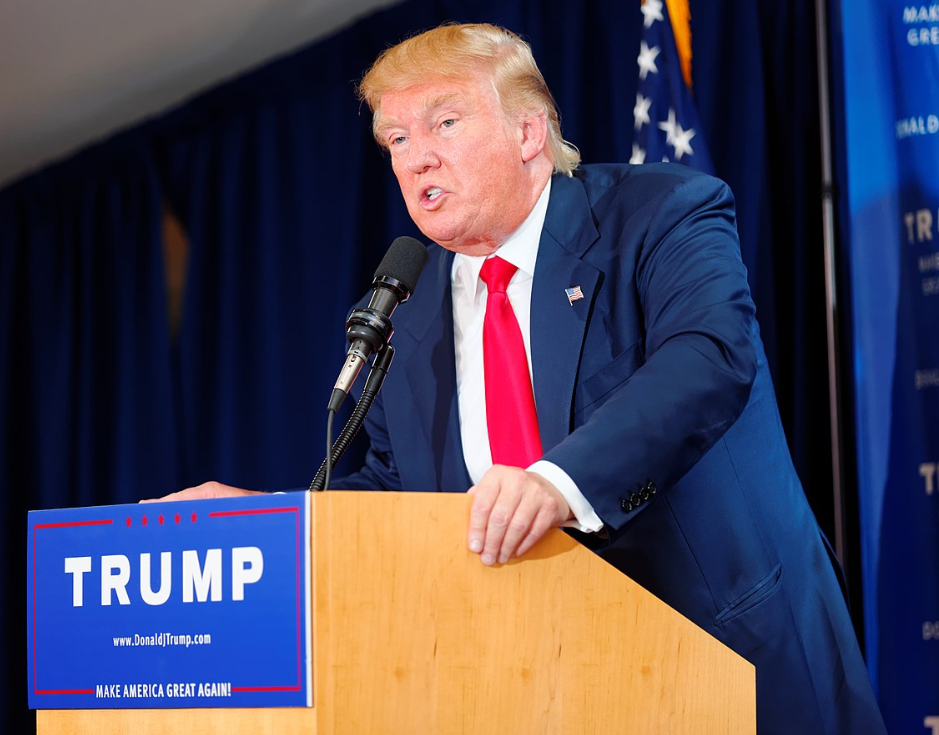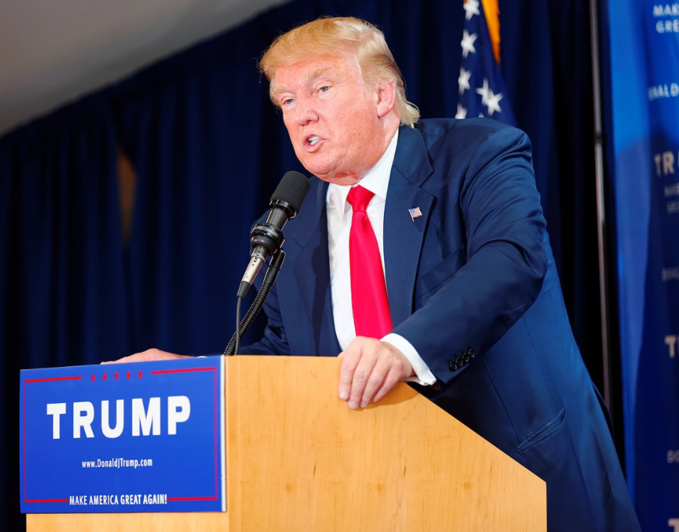The United States, Canada and Mexico have completed negotiations for renewal of the NAFTA agreement, which lasted for more than a year. According to a joint statement by Canadian Foreign Minister Chrystia Freeland and US Trade Representative Robert Robert Lighthizer, the USMCA’s new trade agreement will give “workers, farmers, cattle breeders and business owners an agreement of high standards that will result in freer markets, more fair trade and sustainable economic growth in the region." In addition, the agreement will strengthen the position of the middle class, create new and well-paid jobs, as well as "new opportunities for almost 1 billion people who call North America their home."
Canadian Prime Minister Justin Trudeau welcomed the agreement with the United States and Mexico. “This is a good day for Canada,” he said. US President Donald Trump called the contract "miraculous" and "a historic deal" on Twitter. However, terms of the agreement have not been disclosed yet.
The main objective of the NAFTA agreement, which has been in force between the three countries since 1994, was elimination of barriers to trade and investment between the United States, Canada and Mexico. Revision of the agreement’s terms was one of the election promises of US President Donald Trump. When he took office as President of the United States, Donald Trump almost immediately announced that he intended to revise it or enter into a new agreement. In fact, negotiations began in August 2017.
Later, the US and Mexico agreed to conclude a separate bilateral agreement, which will replace NAFTA. In particular, one of the conditions of the agreement was Mexico City’s promise to increase purchases of food in the United States. Other requirements of Washington included demand to increase share of cars and car parts produced inside the zone (mainly cars manufactured in Mexico and then exported to the USA). In addition, the two countries agreed that the agreement would stipulate that at least 45% of the parts should be made by workers whose remuneration is at least $ 16 per hour.
Canada was invited to join the deal. The United States, choosing a tough stance in negotiations that took place in a tense situation, threatened to raise tariffs on car imports from Canada as there was no agreement with the country. Capital Economics estimated that car import conditions would be approved rather quickly, but the issue of access to the dairy market remains problematic. It should be noted that Canada actually halted negotiations in early June, after the United States raised duties on imports of steel and aluminum from this country. As a result, Canada introduced reciprocal duties on US products for $ 12.8 billion. As Global News reported, citing its sources, Canada eventually made concessions in the dairy sector in the new agreement, expanding admission of American products to its market. Also one of the stumbling blocks was Chapter 19 of NAFTA, which provides for resolution of trade disputes in a special arbitration court. Canada wanted to keep it in a new edition, and the United States opposed. According to the TV channel’s sources, this chapter will be preserved in the new agreement.
The new USMCA agreement is expected to be signed by Presidents of the United States and Mexico, as well as by Prime Minister of Canada, within 60 days.
source: ft.com
Canadian Prime Minister Justin Trudeau welcomed the agreement with the United States and Mexico. “This is a good day for Canada,” he said. US President Donald Trump called the contract "miraculous" and "a historic deal" on Twitter. However, terms of the agreement have not been disclosed yet.
The main objective of the NAFTA agreement, which has been in force between the three countries since 1994, was elimination of barriers to trade and investment between the United States, Canada and Mexico. Revision of the agreement’s terms was one of the election promises of US President Donald Trump. When he took office as President of the United States, Donald Trump almost immediately announced that he intended to revise it or enter into a new agreement. In fact, negotiations began in August 2017.
Later, the US and Mexico agreed to conclude a separate bilateral agreement, which will replace NAFTA. In particular, one of the conditions of the agreement was Mexico City’s promise to increase purchases of food in the United States. Other requirements of Washington included demand to increase share of cars and car parts produced inside the zone (mainly cars manufactured in Mexico and then exported to the USA). In addition, the two countries agreed that the agreement would stipulate that at least 45% of the parts should be made by workers whose remuneration is at least $ 16 per hour.
Canada was invited to join the deal. The United States, choosing a tough stance in negotiations that took place in a tense situation, threatened to raise tariffs on car imports from Canada as there was no agreement with the country. Capital Economics estimated that car import conditions would be approved rather quickly, but the issue of access to the dairy market remains problematic. It should be noted that Canada actually halted negotiations in early June, after the United States raised duties on imports of steel and aluminum from this country. As a result, Canada introduced reciprocal duties on US products for $ 12.8 billion. As Global News reported, citing its sources, Canada eventually made concessions in the dairy sector in the new agreement, expanding admission of American products to its market. Also one of the stumbling blocks was Chapter 19 of NAFTA, which provides for resolution of trade disputes in a special arbitration court. Canada wanted to keep it in a new edition, and the United States opposed. According to the TV channel’s sources, this chapter will be preserved in the new agreement.
The new USMCA agreement is expected to be signed by Presidents of the United States and Mexico, as well as by Prime Minister of Canada, within 60 days.
source: ft.com



















